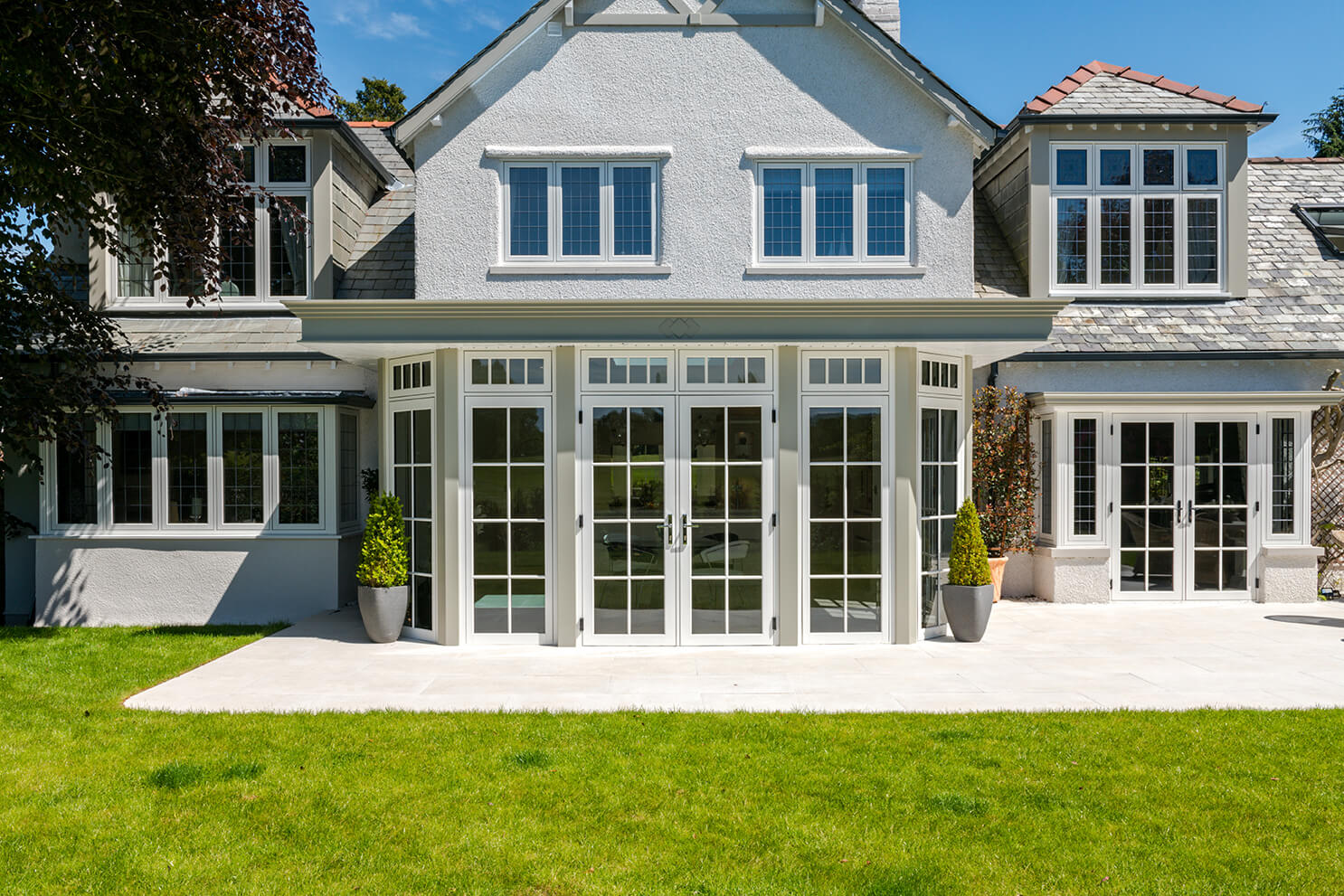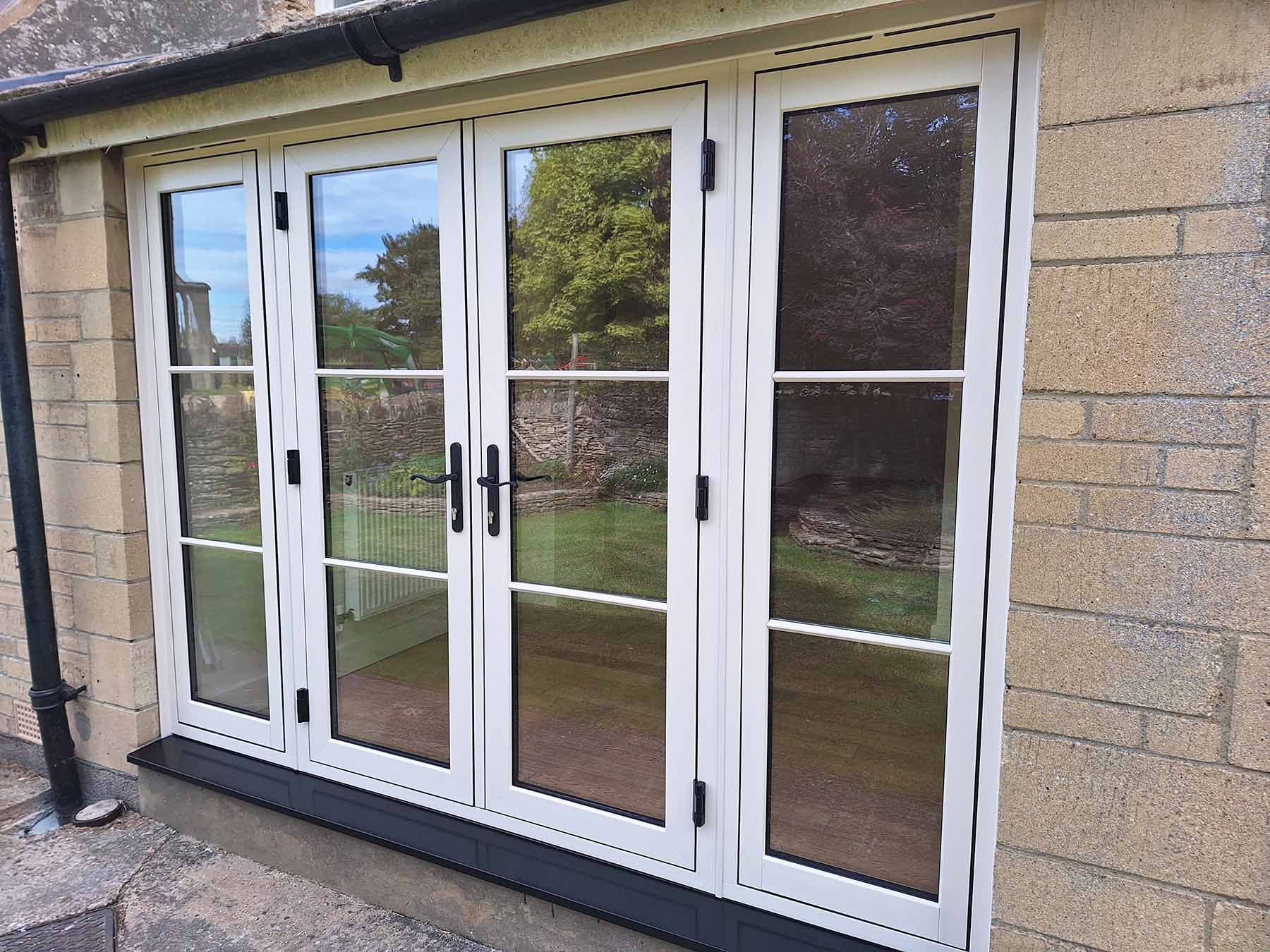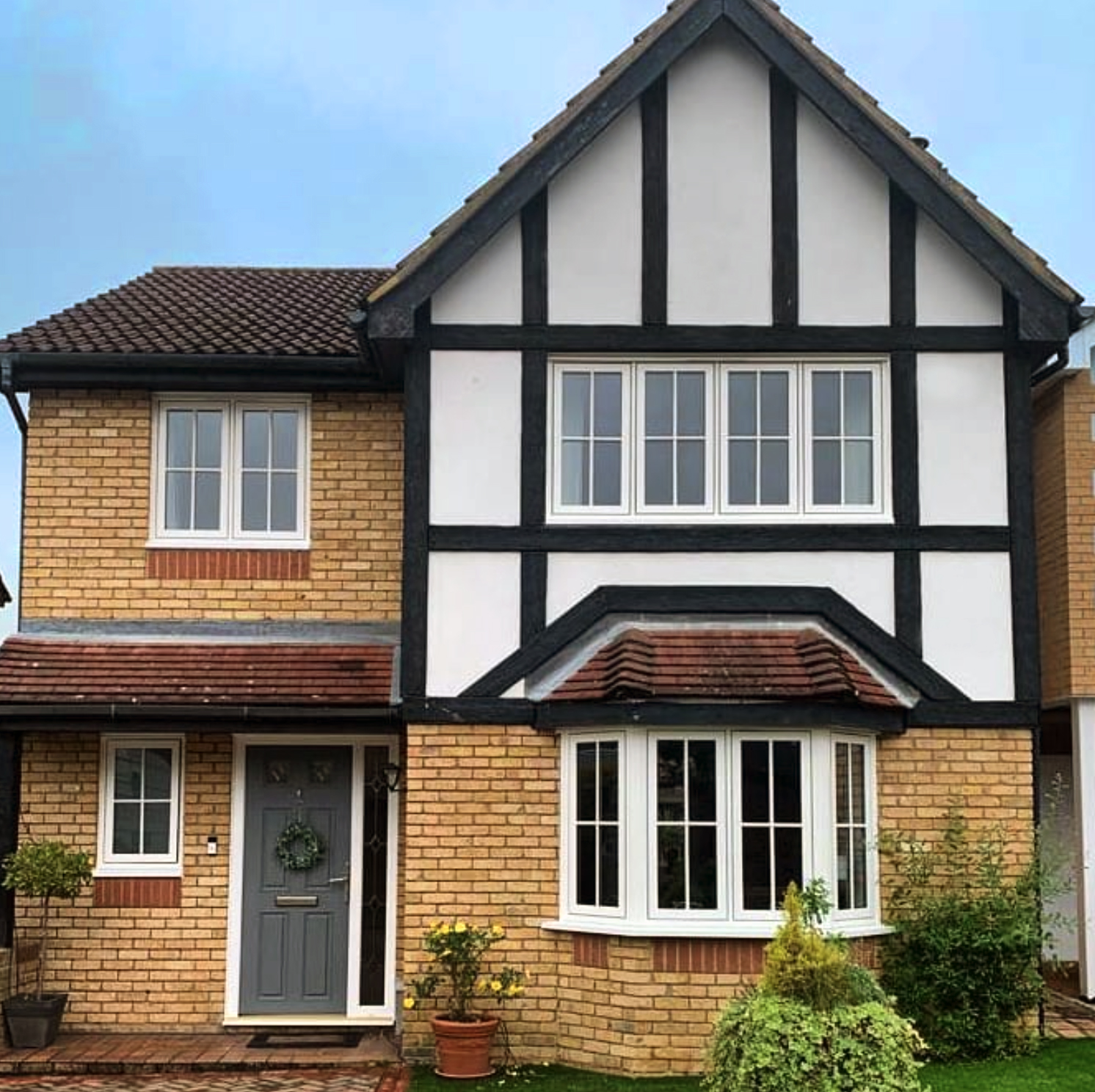Double Glazing in Conservation Areas: How Article 4 Directions Could Affect Your Project
If you’re planning to upgrade your windows to double glazing, you’ll more than likely already know that this style of replacement window is an excellent way to improve your home’s energy efficiency and reduce heating bills.
However, if you also live in one of England’s 10,000 dedicated ‘Conservation Areas’ you could be facing some obstacles to your plans. This is because of what are known as ‘Article 4 directions’ – legal powers that limit development in conservation areas, including rules for windows. Your plans for new windows may look good on paper, but they may be deemed ‘out of character’ for the area you live in.
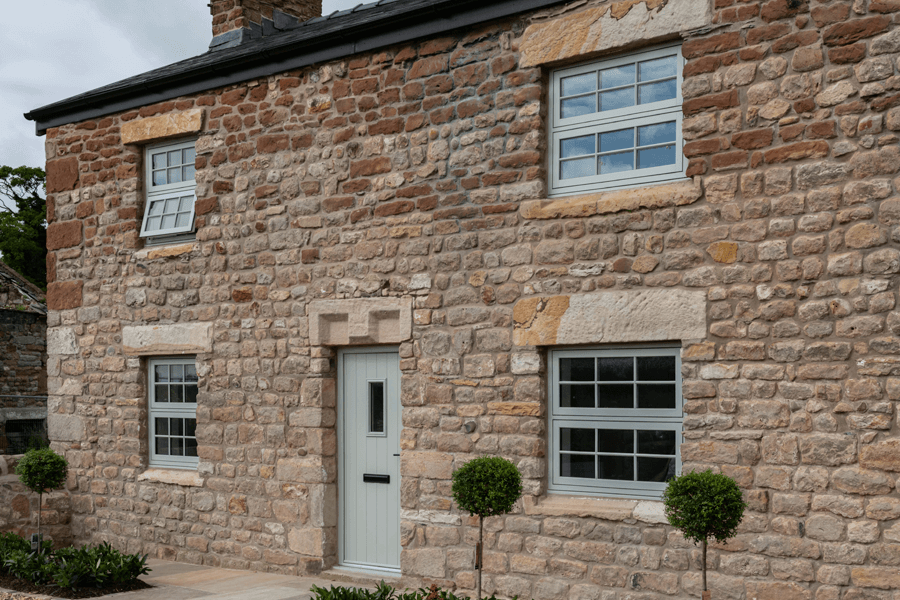
What is a Conservation Area?
Conservation areas are neighbourhoods with a special architectural or historic interest. Often they’re in rural areas, but this is by no means the whole story – there are 56 conservation areas in Westminster alone. Local authorities establish these areas to protect the unique character and appearance of the built environment. This often means stricter planning regulations on any alterations to properties within the zone.
What are Article 4 Directions?
Article 4 directions are legal instruments used by local planning authorities to remove certain permitted development rights within a conservation area. Permitted development rights are essentially a list of minor building works that don’t typically require a full planning application.
Replacing windows with double glazing often falls under permitted development rights. However, an Article 4 direction can revoke this right, meaning you’ll need to submit a formal planning application for any window replacements, including double glazing.
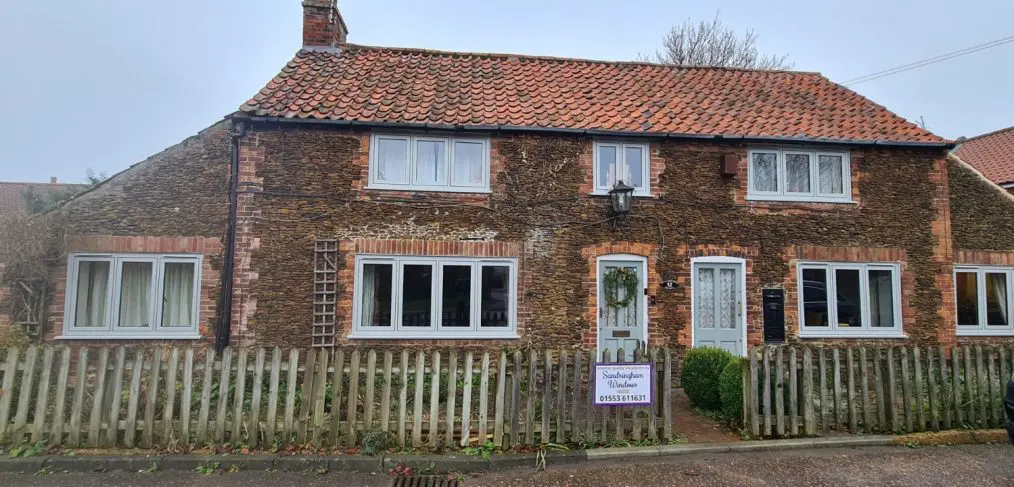
Why Article 4 directions can affect your double glazing project
Local authorities may implement Article 4 directions if they believe standard permitted development rights could negatively impact the character of the conservation area. Here’s why double glazing might fall under this category:
- Material mismatch: Traditional windows in conservation areas are often made from timber. Modern uPVC double glazing, while practical, can clash aesthetically with the period features of the property and the surrounding architecture.
- Design incongruity: The size, shape, and detailing of new windows can significantly alter the overall look of a building. Local authorities might be concerned that modern double glazing units disrupt the established architectural style.
How to find out if you’re affected
The first step is to determine if your property resides within a conservation area. You can usually check your council’s website for an interactive map or contact your local planning authority directly.
Once you’ve confirmed the location, enquire about any Article 4 directions in place for your specific conservation area. The planning department should be able to provide this information.
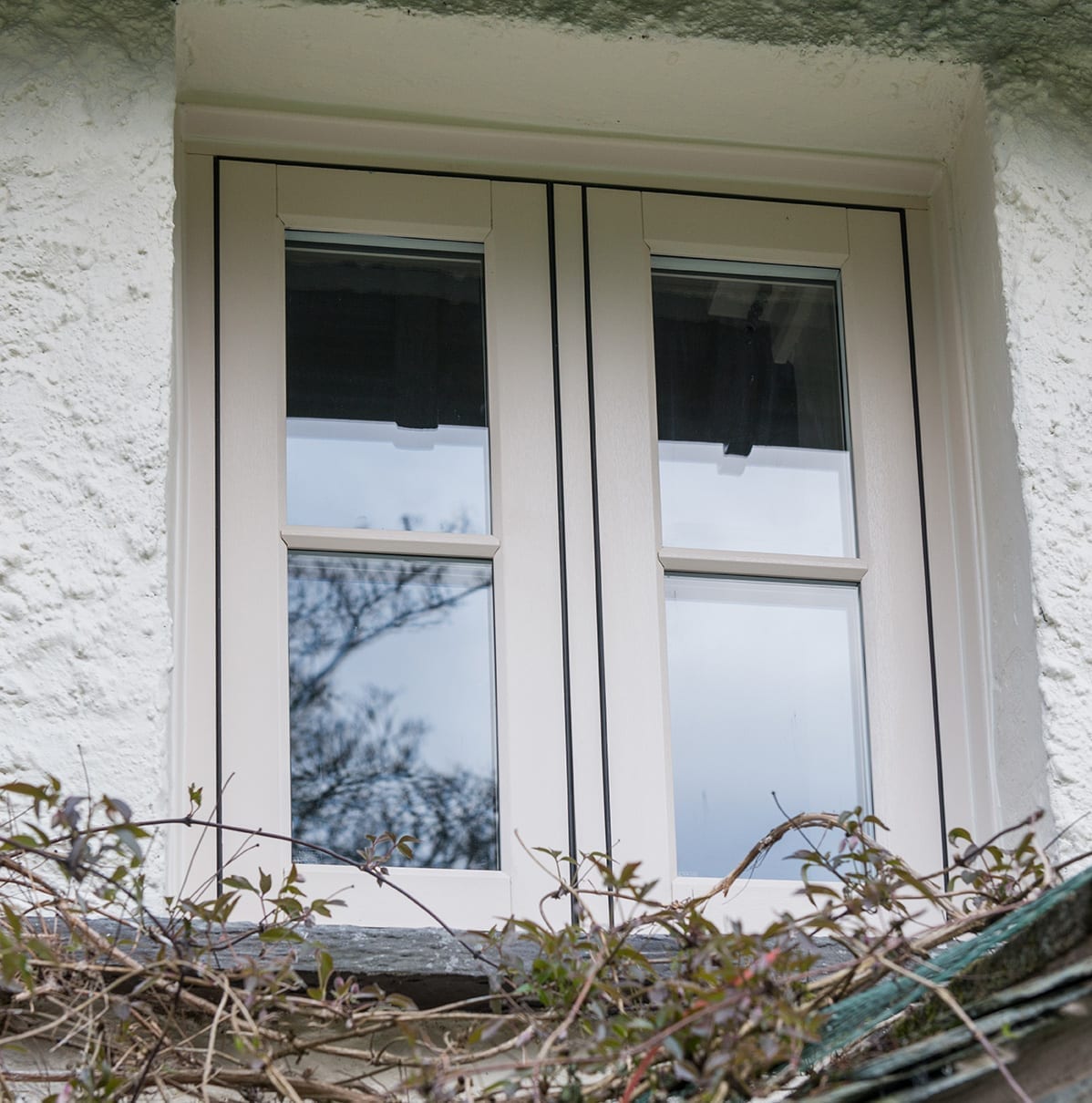
Considering alternatives
If an Article 4 direction applies, it’s not the end of the world. You could have secondary glazing fitted behind the original frame, or you could have that original frame mended by a specialist.
However, a great option – and one approved by many local authorities – are conservation area-friendly windows of the kind we supply. Our casement windows (and doors) are designed to replicate the look of traditional 19th-century timber windows, making them a suitable option for conservation areas. Thanks to their painstaking attention to detail, they’re regularly approved for use in conservation areas.
Timberlook: wood-effect uPVC windows
Made from uPVC, which is long-lasting and extremely energy efficient, our wooden-look windows feature an authentic mortise and tenon joint and concealed trickle vents, expertly blending classic aesthetics with modern performance. They are available in a huge range of standard, dual-colour and woodgrain effects, making them a durable and low maintenance alternative to traditional wooden frames. As a result, these windows are almost indistinguishable from wooden alternatives, which pleases local authority Conservation Offices right across the country!
Our heritage uPVC range includes flush sash casement windows and flush door systems. Both these capture the essence of heritage designs and, thanks to modern materials and technology, have bags of character alongside top-notch thermal efficiency and security. They’re also more budget-friendly than real timber and far easier to maintain. We can design windows to suit the style of any home and include additional decorative features like astragal bars and monkey tail handles.
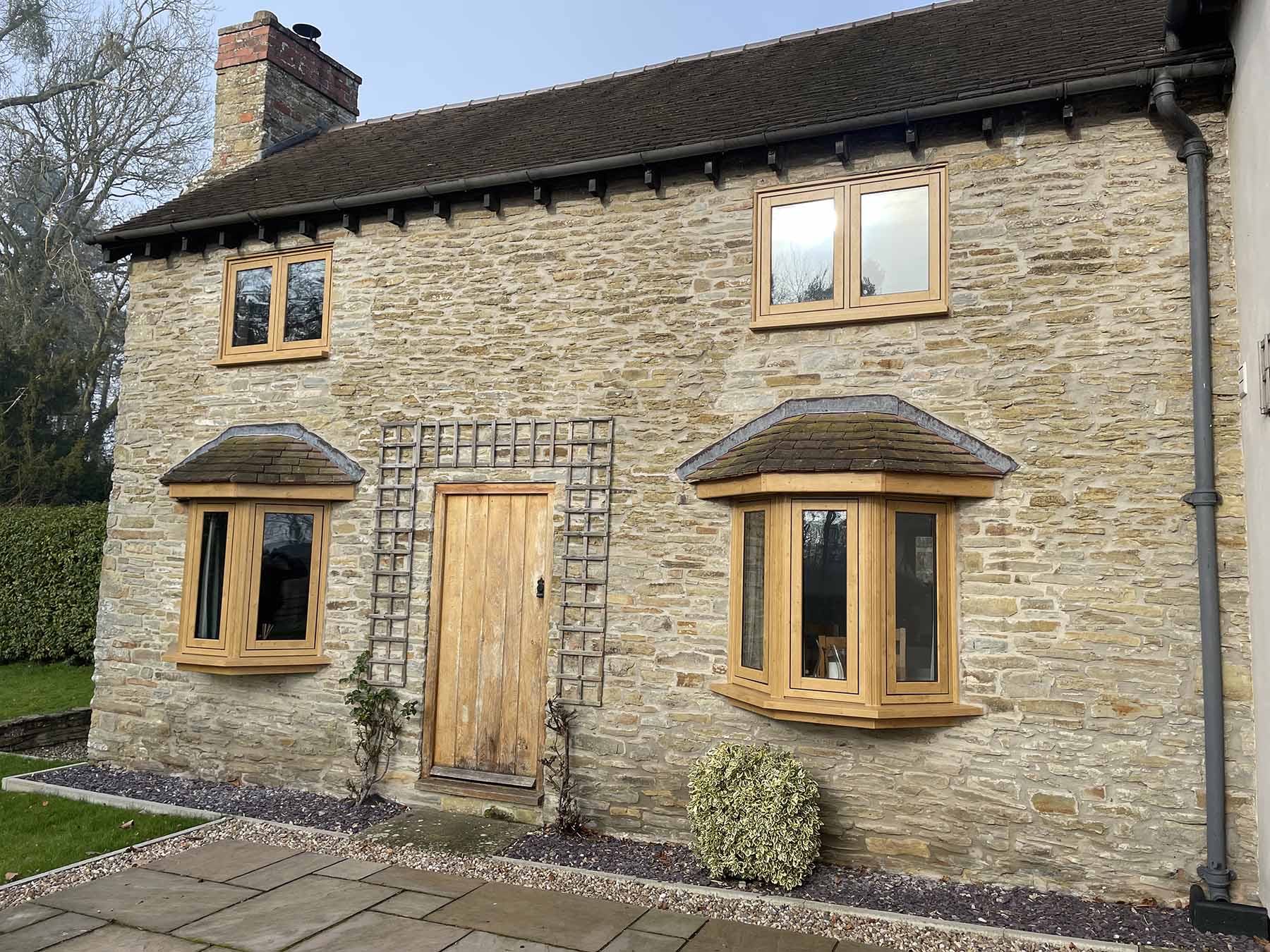
Here to help you through the process
Although an Article 4 direction can add complexity to your plans, it needn’t be a major obstacle. Here at Timberlook, we have a network of nationwide installers, all of whom have the skills, experience and expertise to help guide you through the process of replacing windows in conservation areas and in listed buildings. We can also provide you with the literature and the technical information that planning officers will require.
Simply get in touch with our team and we can put you in touch with an expert Timberlook installer in your local area! Contact us here for more information or give us a call on 01253 888 222 and speak to one of our friendly staff.
Related posts

